Welcome to our Rocket Yard profile series where we highlight OWC customers and the amazing work they do. This week we’re featuring Photographer David Bergman.
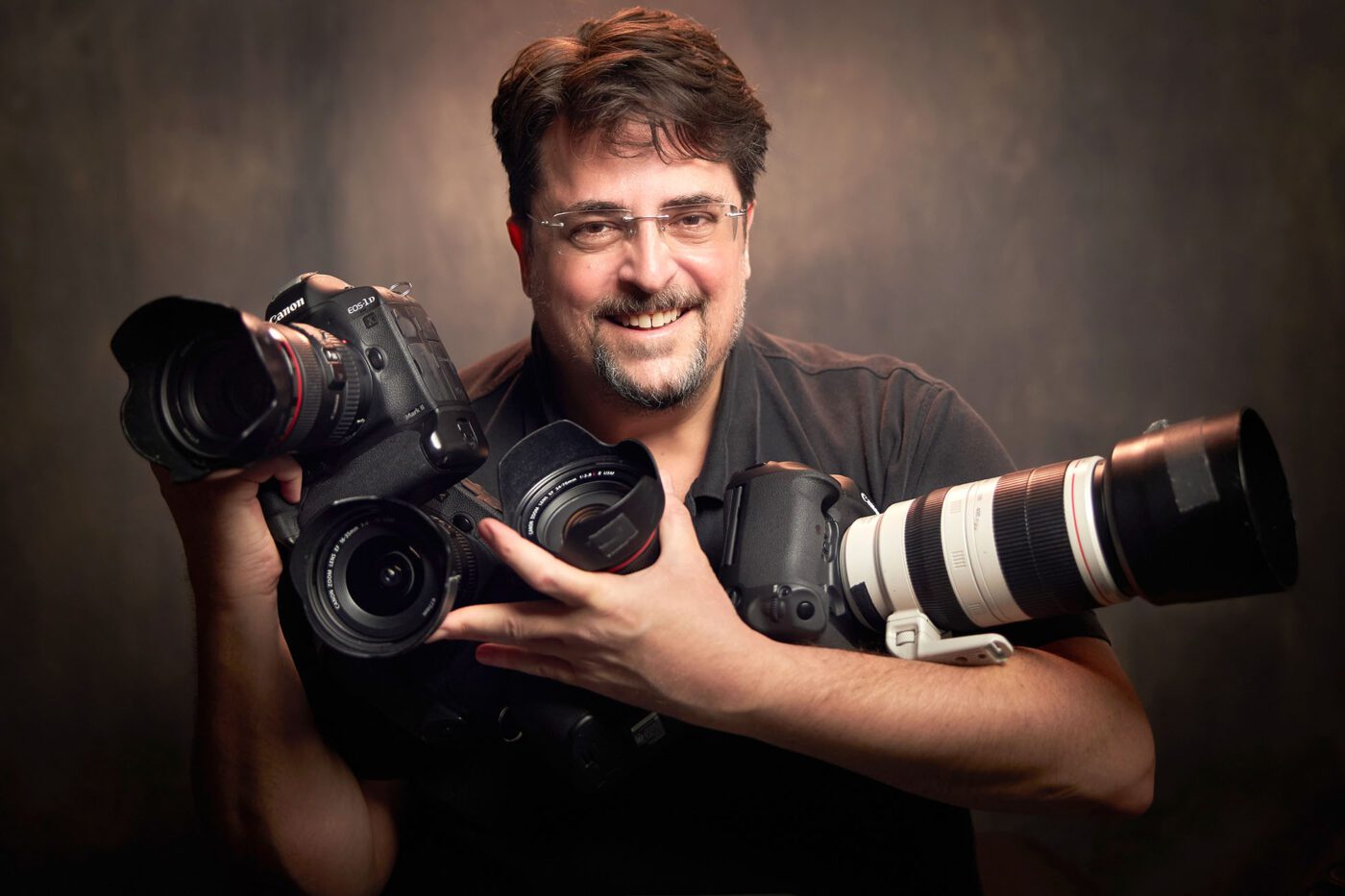
Bergman, a recognized member of the Canon Explorer of Light program, is a New York-based commercial photographer and photo educator who specializes in action, music, and portraiture. As the official tour photographer for Bon Jovi and Luke Combs, he has documented bands on stage and on the road in more than 30 countries.
David shares his experience with photographers of all skill levels at his unique “Shoot From The Pit” live concert photography workshops. In addition to his many celebrity clients, Bergman has 13 Sports Illustrated covers to his credit. He has photographed numerous Olympics, World Series, Super Bowls, and NBA and NCAA Championships.
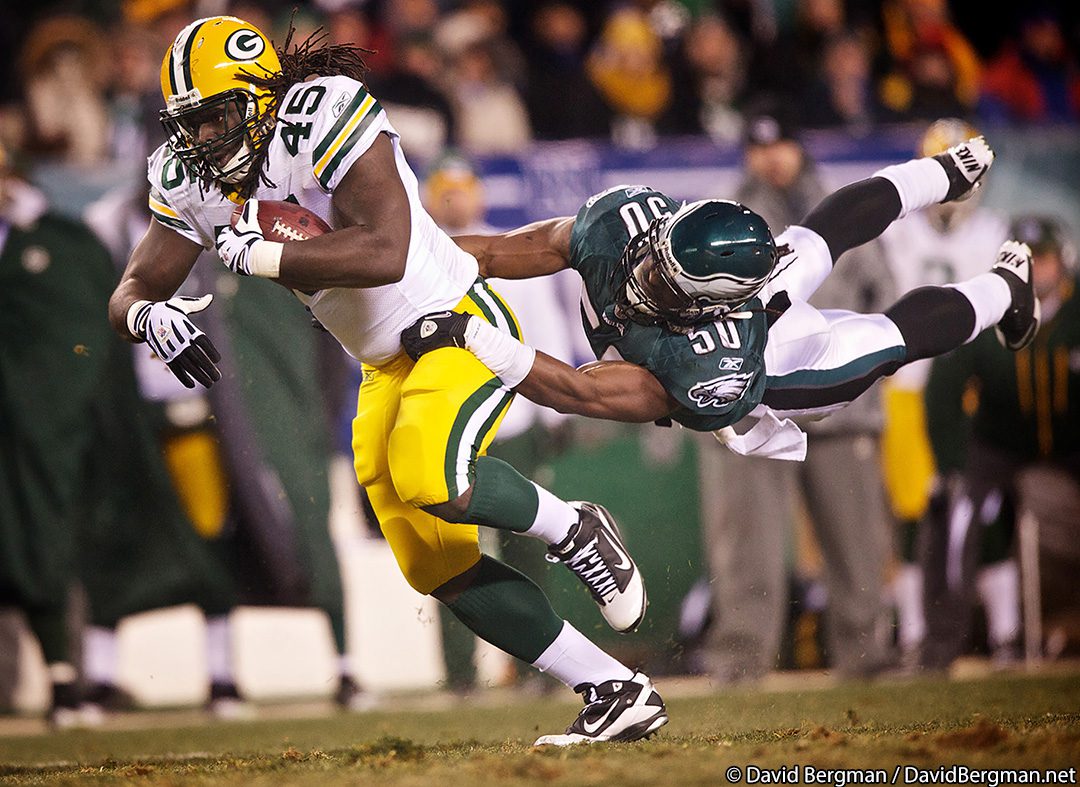
Noted as a pioneer with the GigaPan, Bergman’s multi-shot, high-resolution panorama of President Obama’s first inaugural speech was viewed by over 30 million people. Additionally, Bergman is an engaging and passionate public speaker and hosts the weekly web series “Ask David Bergman” on the Adorama YouTube channel.
Before moving to New York City in 2001, Bergman was a photojournalist on staff at The Miami Herald and covered news and sporting events around the world.
We connected with David to learn more about how he got started in the industry, and where his successful photography career has taken him over the years.
When was the first time you knew you wanted to do the kind of job you’re doing now?
David Bergman: After one year studying to be a producer at the Berklee College of Music, I transferred to the music program at the University of Miami. It was there that I stumbled into the school newspaper office with my Canon AE-1 Program camera. The photo editor gave me two rolls of black-and-white film to shoot over the weekend and then began giving me assignments for the paper. During the course of that semester, I fell in love with photography. I really enjoyed covering events and capturing the moment in pictures. More than 30 years later, I’m still doing that!
How has your industry changed over the years? What’s better? What’s worse?
DB: Over the last couple of decades, the photography industry has changed dramatically. The transition to digital cameras—along with the advent of the internet—has lowered the entry barrier so that nearly anyone can now be a photographer. For many pros, it has made it more challenging to make a living. Today, there is a large supply of photographers that far outweigh the demand for their work. However, technology has democratized the process, allowing many more people to tap into their own creativity. It’s also made me a better photographer, because I need to think about what I’m shooting, rather than just relying on gear to improve my images.
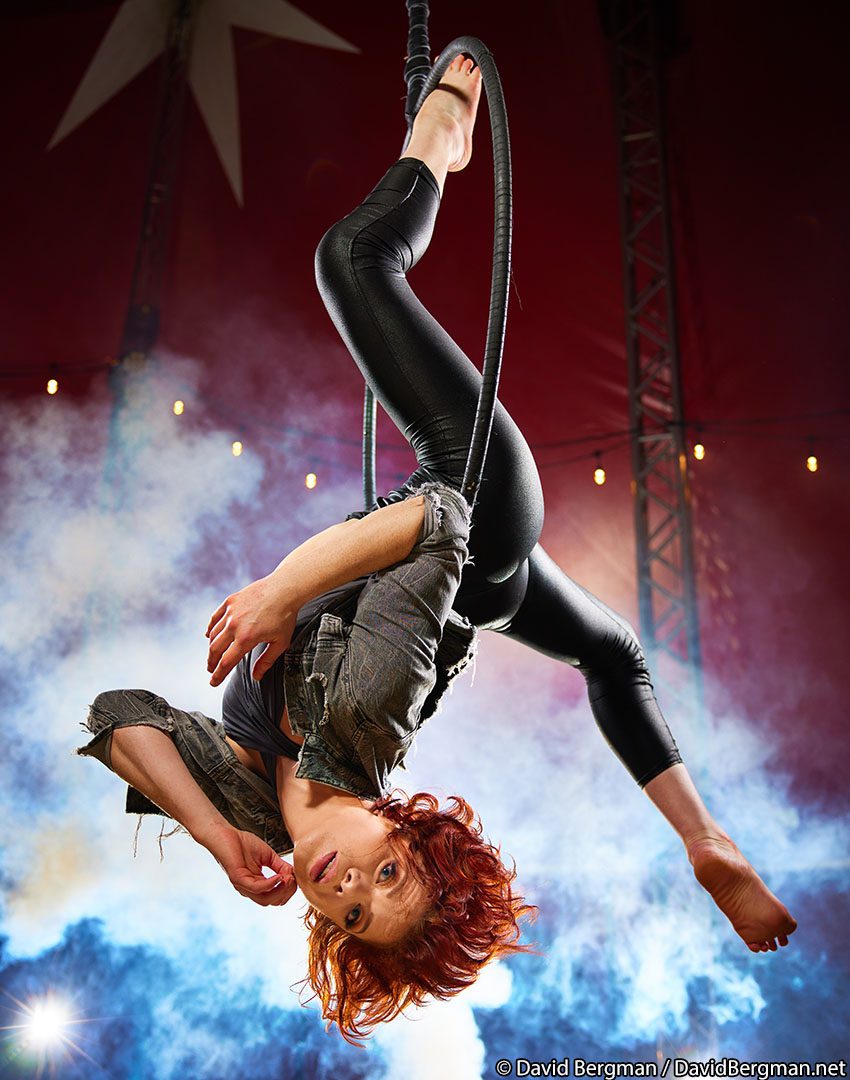
Tell us a story about a major milestone you had in your career that took it to a new level.
DB: One of my most famous images is a multi-shot panoramic that I made at President Obama’s inauguration in 2009. It was attended by two million people, so I wanted to do something different than all the other photographers there. I set up a GigaPan, which is a robotic camera mount that assists in the process of taking hundreds of overlapping photos. After stitching them together, I’m left with a 1,474-megapixel image. That allows you to zoom in and see nearly every face in the crowd. The image has had over 30 million views to date!
What advice would you give to people aspiring to be where you are in your business/career now? Both for someone just starting, and for someone who may already be working, but is looking to take it up a notch.
DB: You’ll always be growing as a photographer. Even after 30 years, I’m continuing to hone my craft and trying to make more compelling images than I did yesterday. But one of the most important parts of being a working pro is knowing your business. Take business classes and learn about invoicing, taxes, marketing, and promotion just like any other service business. Having a solid business foundation is the difference between a fun hobby and actually making a career out of this.
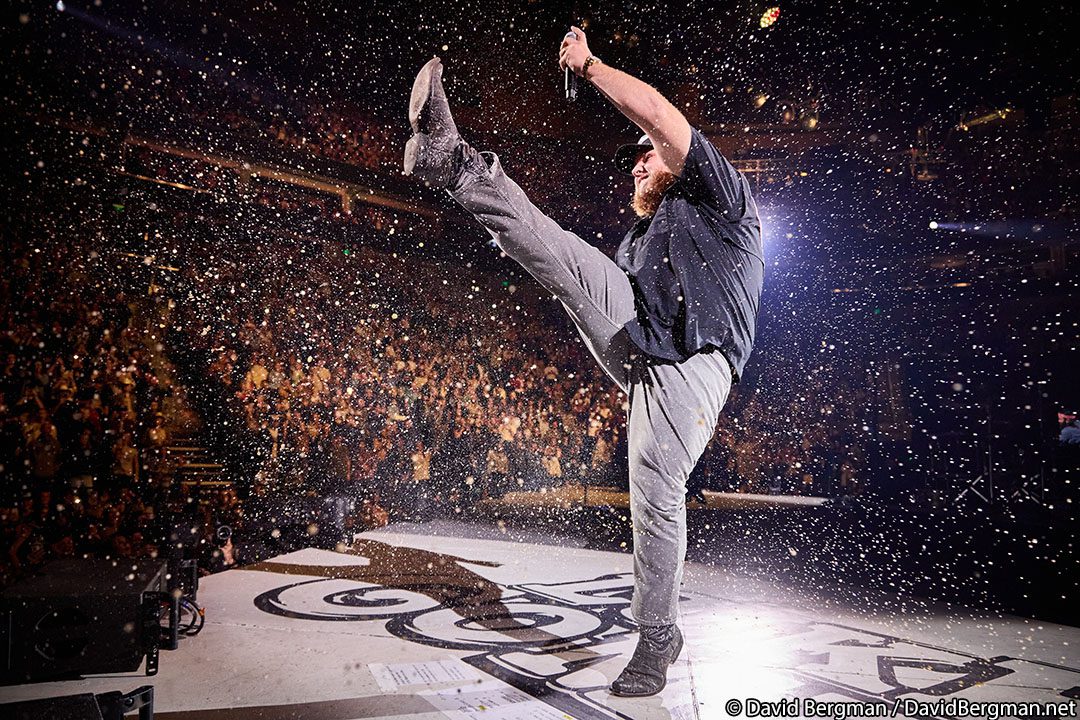
Which OWC products do you use, and what role do they play in your business/career?
DB: I’ve been buying OWC hard drives for nearly 15 years. Because I spend a lot of time on the road, the most valuable ones in my workflow are the bus-powered portable drives. I probably have a dozen of the “on the go” drives that have traveled the world with me. However, I recently acquired two of the brand new, 2TB Elektron drives, which are incredibly small and fast. I’m currently carrying two on the road. One is a full, bootable backup of my entire Mac system. I can’t risk a computer going down while I’m on a tour, so that drive gives me peace of mind knowing that I can keep working without missing a beat. The other drive is for the backup of my images. I shoot around 4,000 frames every night on tour and can’t lose a single one. I rely on my OWC drives to store my most important data.
OWC RADiO interview
In a recent interview with OWC RADiO Host, Cirina Catania, we took a look at some of David’s most famous photos as well as learned about his creative process.
Listen to the complete interview here.
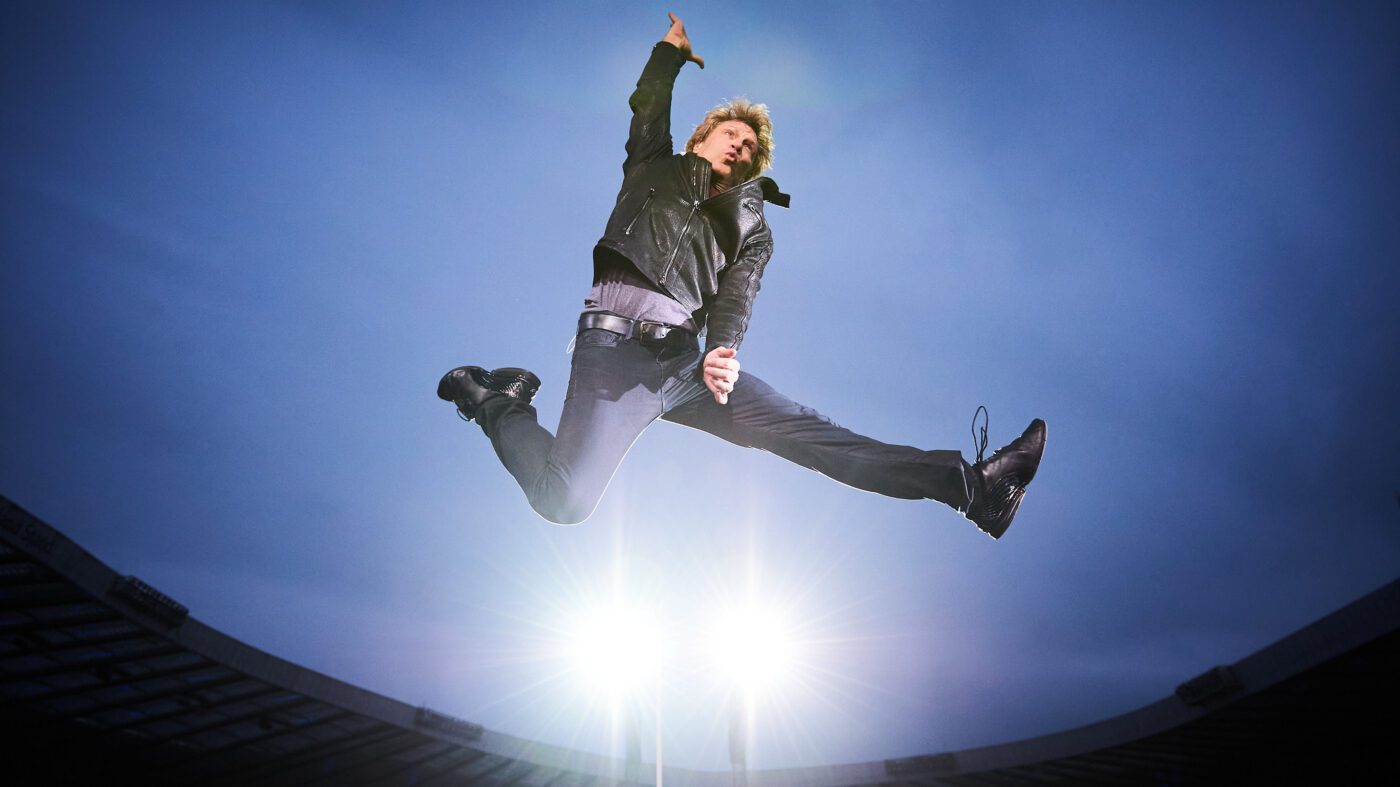
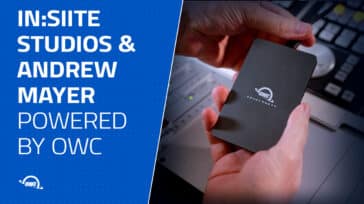

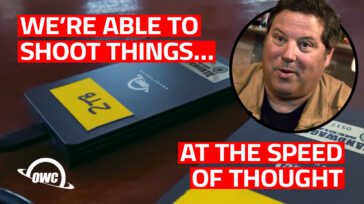
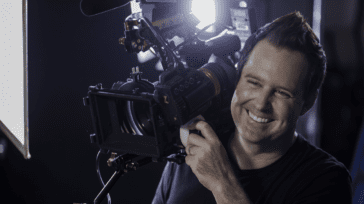


Great story! Thanks for the excellent insight, David Bergman I’m a (new) fan… keep up the GREAT work, you have inspired me to step up my game.
Thanks,
David Bellard